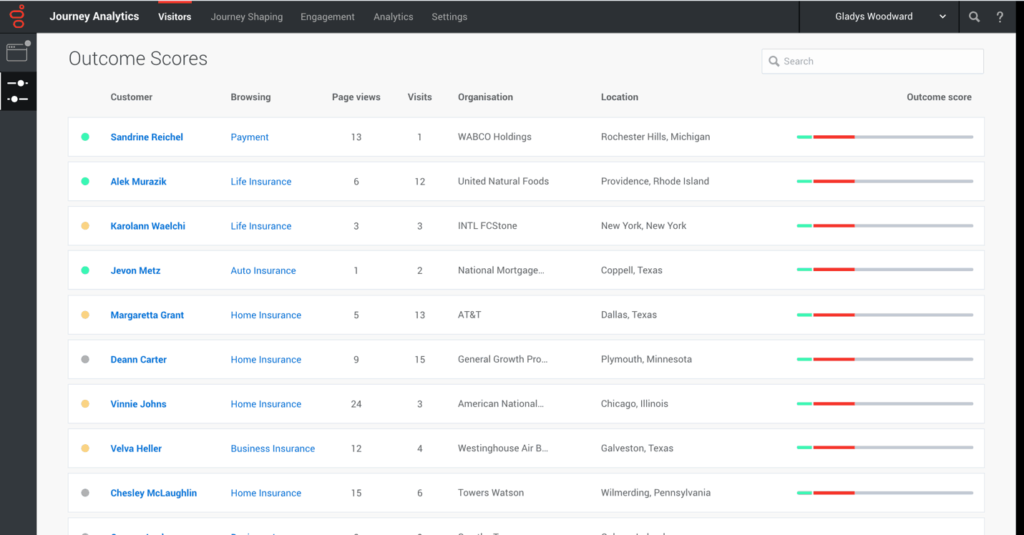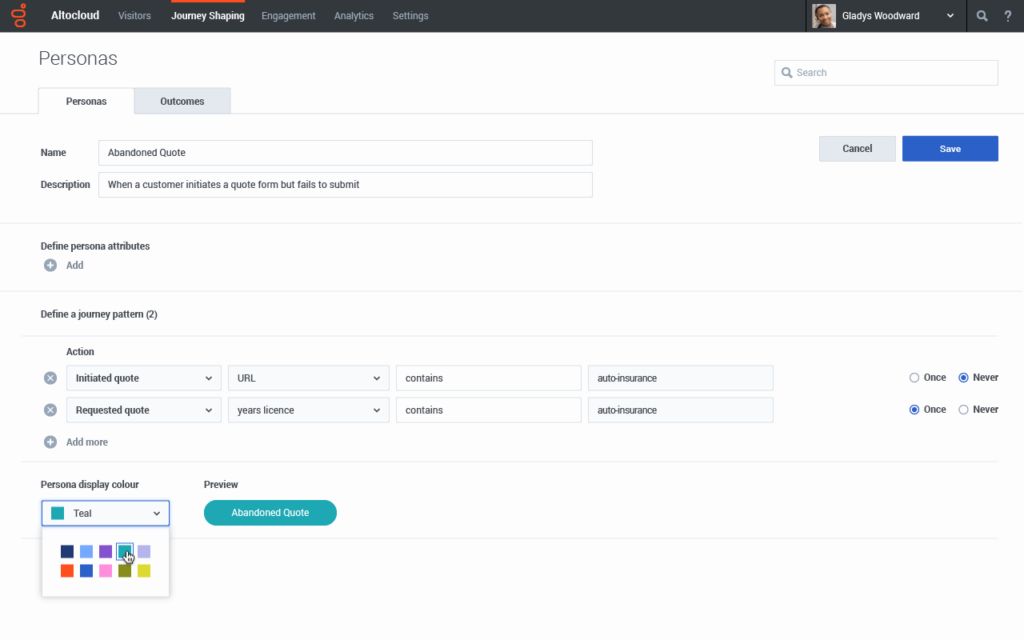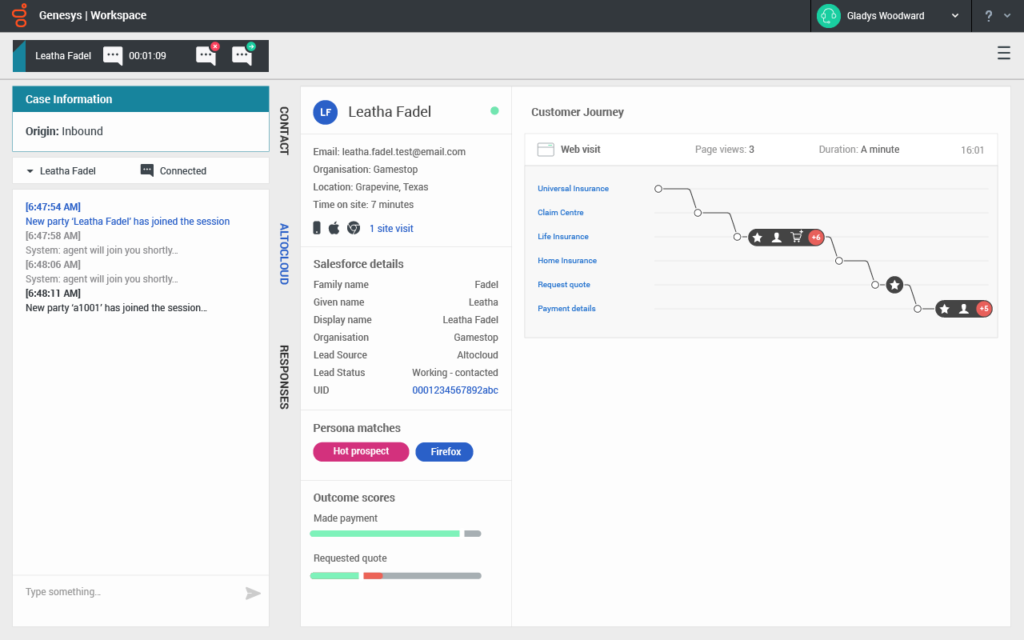Your Genesys Blog Subscription has been confirmed!
Please add genesys@email.genesys.com to your safe sender list to ensure you receive the weekly blog notifications.
Subscribe to our free newsletter and get blog updates in your inbox
Don't Show This Again.
Having enough incoming leads allows you to increase your throughput with additional resources—and that increases sales. But that also increases costs. If you’re lucky enough to have unlimited number of incoming leads without significant changes in volume, that simple solution could work for you. Unfortunately, most of us don’t; we struggle to gather enough quality leads and increase our conversion rate.
You may remember the classic, but still relevant Lead Management Research study of Dr. James Oldroyd (MIT) where he noted, “The odds of contacting a lead if called in five minutes versus 30 minutes drop 100 times. The odds of qualifying a lead if called in five minutes versus 30 minutes drop 21 times.” However, he concluded that after 20 hours, each additional dial a salesperson makes will hurt your ability to contact a qualified lead. Engaging prospects as soon as possible—and supporting them to find all the information they need or helping them during the buying process—is much more effective than any late response or cold call. Still, companies struggle to allocate qualified sales resources because they also are concerned about the cost of sales.
Imagine how effective your sales team could be if they engaged all qualified leads in real-time. Engaging every lead is impossible and often unnecessary, but it’s extremely valuable to engage prospects who are ready to buy, just hesitating, have a question or require support.
Let’s look at three ways you can use predictive modeling to analyze and understand behavior and, ultimately, improve your conversion rate.
1. Properly Use Leads by Outcome Scores
Leads by outcome scores help inside sales teams capture, classify and qualify leads automatically. They can then prioritize them based on artificial intelligence (AI) and machine learning-assisted outcome predictions. Using predictive outcomes based on machine learning models lets you score all website visitors on the likelihood they will achieve their desired outcome or meet their specific goal for visiting your site. This allows you to target not only the specific sign ups but also near misses—and that can be just as valuable. Inside sales or lead development reps can engage those prospects by offering them a live chat or a callback, sending them an email or popping up special offers that fit their interests.
The AI engine tracks all prospects’ contextual journeys individually; based on an action map, it then automatically engages customers with the best offer or involves the best fit-sales rep to assist them in real-time through their channel of choice. This happens when the probability of converting is highest, so you never miss a good lead.

2. Understanding the Outcome Score Prediction Dashboard
The Leads by Outcome Sores dashboard provides a list of completed web visits in a given date range who began the journey toward a specific business-defined outcome. This list is in order of the maximum probability for each prospect, as predicted by machine learning algorithms.
The “Outcome Scores” column shows the actual lead quality. The green portion of the bar shows the prospect current probability of achieving the selected outcome. Some visitors will have a red section in their outcome score bar, which shows that, before a prospect left the website, they had performed actions (viewed pages, executed searches, filled forms, etc.) that reduced their probability of achieving the selected outcome. The length of the outcome scores bar represents the maximum probability of achieving the outcome attained by the visitor.
Based on the actual level of outcome scores, certain actions, such as a pop-up for a next-best offer based on the prospect contextual journey data or an offer in a communication widget (chat, call back, email, etc.) can be defined. This engages customers in real-time when the probability of buying is highest.
You can filter dashboard data via customer details—name, organization, locality, matched personas and date—or you can export it to a CSV file for offline analysis or lead-following actions.

3. Behind the Scenes
Machine learning technology generates the Leads by Outcome Score dashboard to analyze customer behavior and achieve a particular outcome over a period of time. There is a predictive model behind each individual outcome, and the AI engine can use these models to predict the behavior of all prospects in real-time.
The predictive model is equipped with a real learning mechanism in which the AI engine continuously analyzes and understands customer behavior on the way to the desired outcomes. The model is updated periodically to adopt changing customer behaviors and consider website usage trends.
Comparing real outcomes to predicted outcomes improves the machine learning model over time—and that drives better lead qualification, shorter interaction times, increased throughput and lower cost of sales.

For more information, check out the resource page for digital sales and retention.
Subscribe to our free newsletter and get blog updates in your inbox.